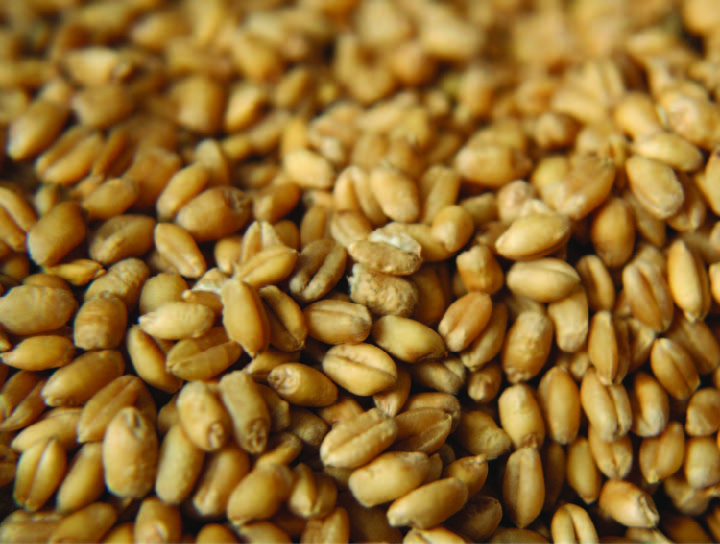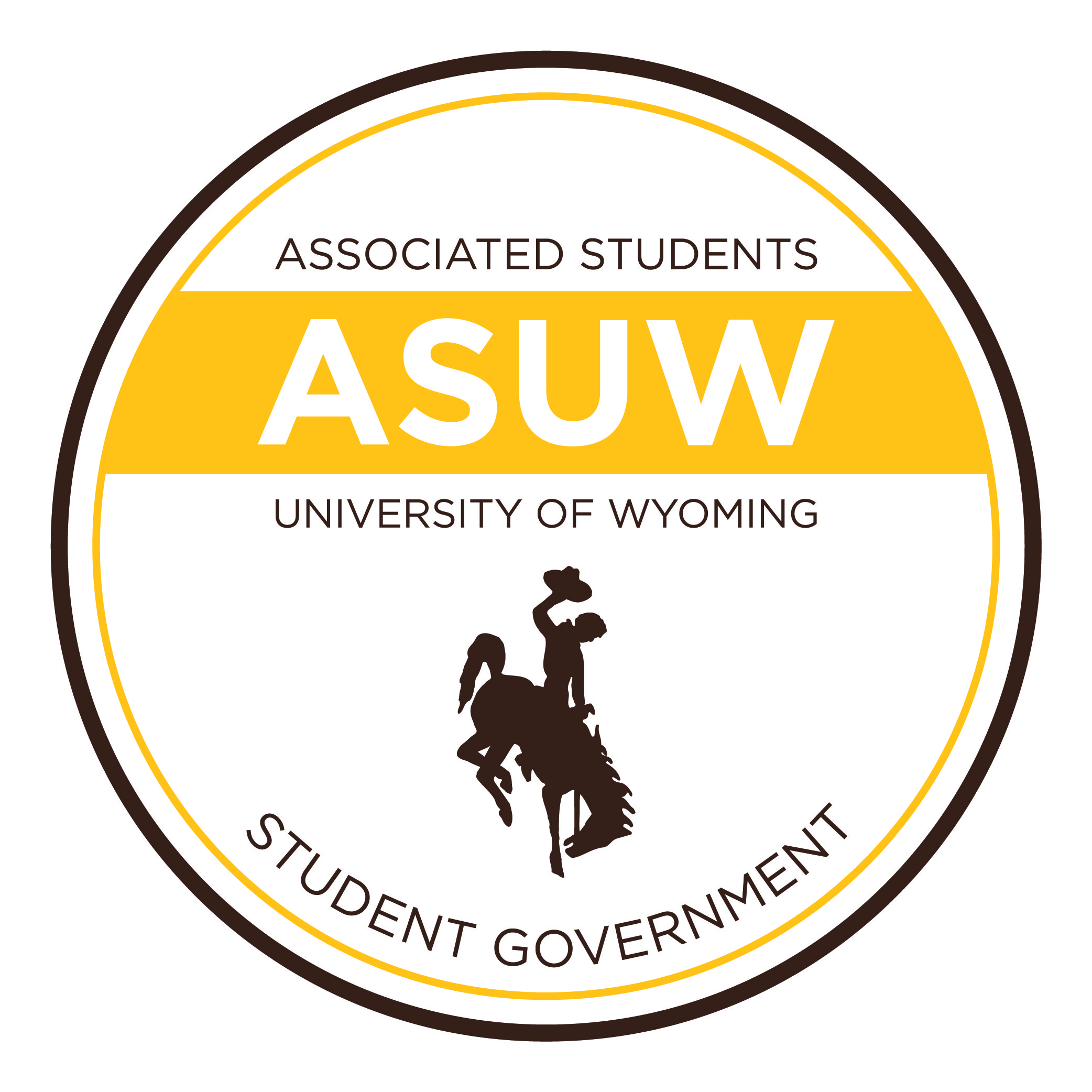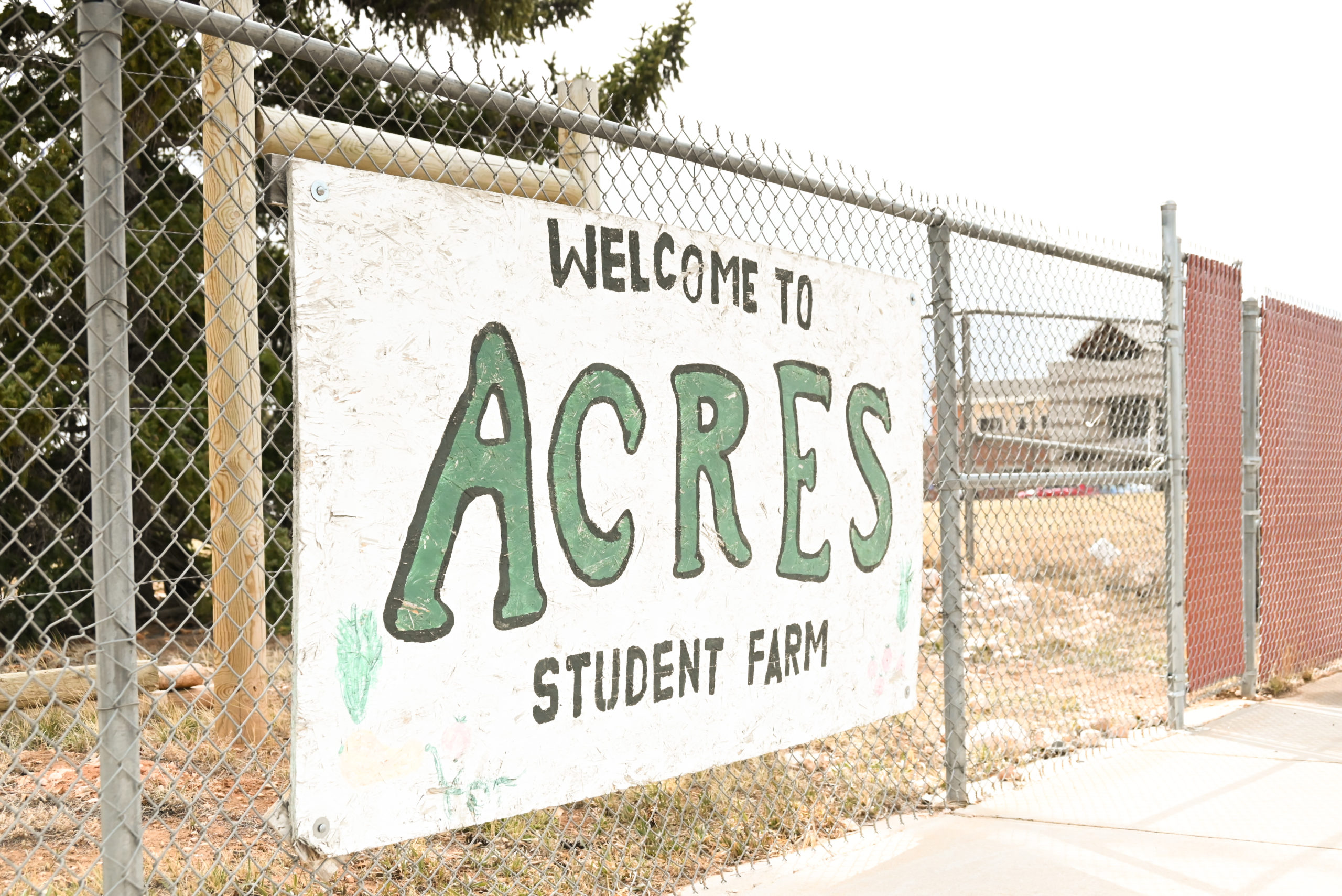Lauren McKinney
Staff Writer
The diversity of people is a hot topic in today’s world, but what about the diversity and longevity of seeds?
The Cherokee are the first Native American tribe to receive an invitation to donate seeds to the Svalbard Global Seed Vault run by the Norweigan government.
The Svalbard Global Seed Bank is located on the Norwegian island Spitsbergen. It is less than 1,500 miles away from the North Pole and is the largest seed vault in the world. The vault is unmanned and is used mainly as a storage facility for food-plant seeds.
The goal of the seed vault is “to preserve the large genetic variation within the world’s food plants,” according to the Norwegian government at Regjeringen.no.
The vault is considered a ‘Doomsday Vault’, as it is meant to repopulate crops if there was a disaster to wipe out crops and other food plants.
The Cherokee nation has the honor of being the first Native American Tribe to contribute to the inventory and mission of the seed bank. According to the Cherokee Phoenix, they are donating nine types of seeds, including the sacred Cherokee White Eagle corn used during cultural activities.
“It is such an honor to have a piece of our culture preserved forever. Generations from now, these seeds will still hold our history and there will always be a part of the Cherokee Nation in the world,” said Cherokee Nation Principal Chief Chuck Hoskin Jr. to Anadisgoi, the official Cherokee nation newsroom.
The preservation of seeds has become popular in many countries, as the vault holds the samples from 4,000 different plant species.
The Cherokee Nation also has their own seed bank. According to Anadisgoi, Cherokee citizens can order their own supply of heirloom seeds. However, they are limited to two varieties of heirloom seeds.
“The inclusion of Native and Indigenous people is acknowledging their value to the world, rather than the way they have been excluded by colonists for centuries,” said Angela Jaime, director and professor of Native American and Indigenous Studies at the University of Wyoming.
Jaime also said she believes other Native American communities would be willing to contribute to the Svalbard Global Seed Vault. The preservation of heirloom and other culturally important seeds would be beneficial for future generations to study and sustain.
There is a seed vault not too far from the University of Wyoming. Located in Fort Collins, CO, the Agricultural Genetic Resource Preservation Research Laboratory houses seeds, animal DNA, germ plasm and other biological paraphernalia, according to the research laboratory’s website.
“It’s like an insurance policy, just in case,” said Pamela Bridgeman, manager of the University of Wyoming Seed Analysis Laboratory, about seed storage and preservation.
The Seed Analysis Laboratory test seeds for private farmers and the state of Wyoming. There are a range of services related to seed counting and testing the lab offers.
Bridgeman said the seed lab has not ever thought of contributing to the Agricultural Genetic Resource Preservation Research Laboratory in Fort Collins nor the Svalbard Global Seed Vault. However, she also said she thought sagebrush would be a good candidate to donate.
As for the future of agriculture, it is uncertain where seed preservation could lead other than repopulating species after disaster. However, there will now be thousands of seeds at the ready if some ruination of a variety of seeds were to occur.
There may be more advancements further in the future that allow for so much more involvement and growth where seed storage is concerned.
The Cherokee Nation’s contribution to the Svalbard Global Seed Vault can be a great reminder of all the opportunities available for preservation. It can be exciting to see all of the groups who follow in their footsteps in years to come. Wyoming could leave a mark of its own on this popular preservation trend.



